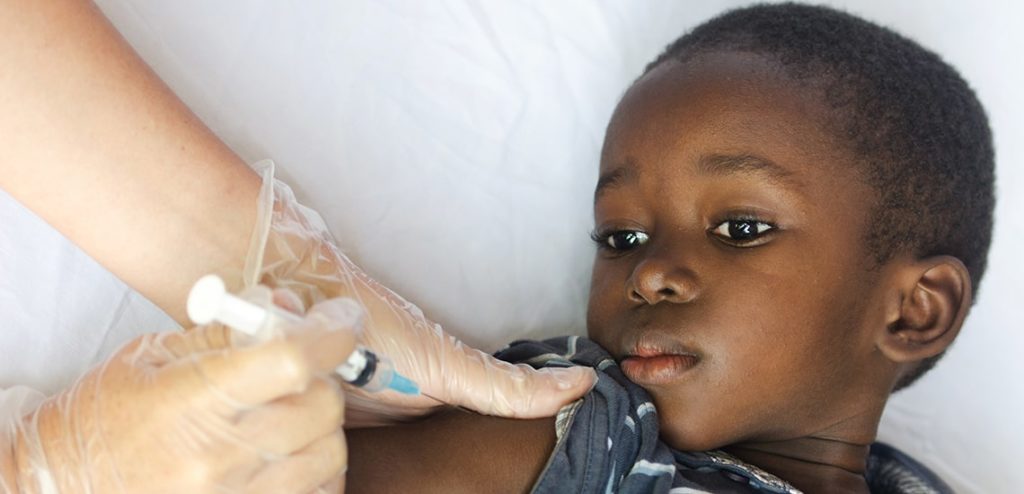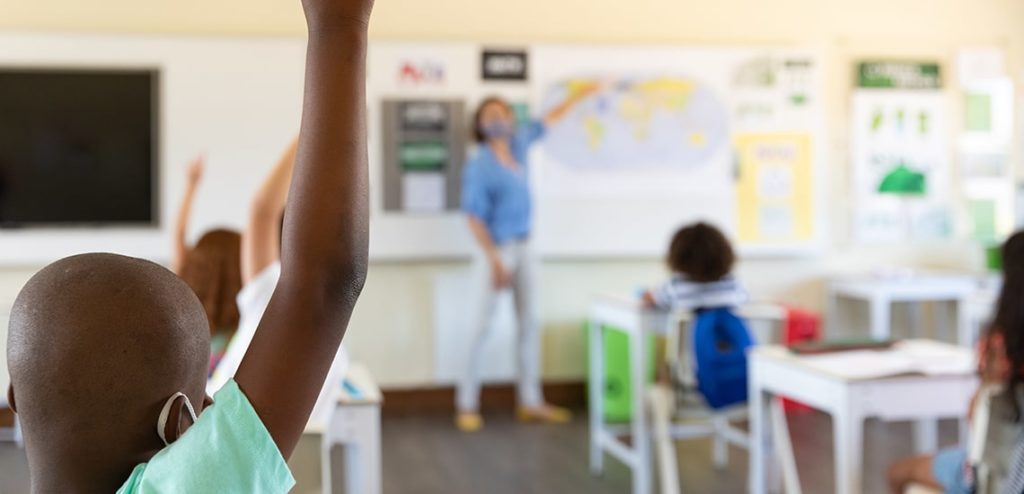

La missione della Fondazione Rotary è di consentire ai Rotariani di promuovere la comprensione, la buona volontà e la pace nel mondo attraverso il miglioramento della salute, il sostegno all’istruzione e l’alleviamento della povertà.
La Fondazione Rotary è l’unico ente benefico all’interno del Rotary che realizza la nostra visione di un mondo migliore.
La Fondazione Rotary è sostenuta esclusivamente dai contributi del pubblico, dei soci del Rotary e degli amici della Fondazione.
At the 1917 convention of Rotary International in Atlanta (June 17-21), President Arch Klumph proposed during the convention the establishment of Permanent Endowment Funds in the area of welfare and education to: Doing Good in the World “Doing Goog in The world”
Our Foundation was started with a contribution of $26.50, and in these one hundred and three years we have given over three billion in humanitarian aid.
The Endowment Fund transformed into a nonprofit in 1928, this was the formal birth of The Rotary Foundation for purposes of: “charitable and educational character.”
The first major donation made by The Rotary Foundation was to the International Society for Crippled Children in 1930 with $500
With the outbreak of World War II, Rotarians around the world became increasingly dedicated to “promoting understanding among peoples.”
The Rotary convention held in London in 1942 laid the groundwork for the development of the United Nations Educational, Scientific, and Cultural Organization (UNESCO).
In 1946, in the aftermath of the international body’s creation, the Foundation approved a Rotary-Unesco Fellowship for highly qualified education and social service professionals from developing countries
During World War II, Rotary became particularly active in keeping members informed about the United Nations and the importance of mobilizing for peace planning.
The term “United Nations” was first officially used in the 1942 “Declaration of the United Nations,” signed and endorsed by 26 nations.
From April to June 1945, delegations from 50 nations attended the United Nations Conference on International Organization (UNCIO) in San Francisco (also known as the San Francisco Conference). During the Conference, the Dumbarton Oaks Accords of 1944 were rewritten by drafting a constitutive act acceptable to all.
To facilitate dialogue among the delegations, 42 non-governmental organizations were also sent. Among them, Rotary International was invited by the United States to advise its delegation to the San Francisco Conference.
Today, Rotary holds the highest consultative status extended to a nongovernmental organization by the United Nations Economic and Social Council.
In 1947, Paul Harris dies, and Rotary International asks Rotarians not to send flowers but donations to The Rotary Foundation in his memory. In the months that followed, donations totaling US$1.3 million arrived
These donations enable the Foundation to:
Through this program, we made a global impact and today we are training the next generation of “global peace builders.”
In 1963, at the initiative of President Carl Miller, the Twinning Project began between districts and clubs in different countries.
1965 is a very important year that directly affects clubs, the Matching Grants program is established: Rotarians can increasingly expand their impact thanks to the Foundation, which begins funding their projects
The 1970s were important and pivotal in the Foundation’s development as it funded projects in health, hunger, and other humanitarian areas with the establishment of 3H Health, Hunger, and Humanity Grants in 1978.
The main goals of the global program were to improve people’s health, alleviate hunger and increase human and social development, which meant providing access to clean water, supporting literacy programs and making medical care available.
In 1979, as part of the 3H grant program, the Foundation began vaccinating 6 million children in the Philippines against polio.
Also at that time, Clem Renouf, Rotary’s president, inspired by the eradication of smallpox, contacts John Sever, a Rotarian and microbiologist, to ask if there was another disease on which Rotary could focus to eradicate it. Sever suggested polio, and working together they were able to gain the support of Dr. Albert Sabin, who is credited with the development of the oral polio vaccine. Albert Sabin and John Sever played an essential role in building the program.
At the 1980 International Convention, Rotary and the Foundation make a commitment to eliminate polio through vaccination.
In 1981, the Foundation establishes the Endowment Fund to fund the Foundation’s long-term programs. The Endowment Fund receives large donations from individuals, corporations and bequests.
Today, the Fund totals just over $1 billion and the Foundation intends to increase it to $2 billion by 2025. The Fund is unavailable; only a portion of the profits are not reinvested and fund grants or programs.
In 1985, the Foundation launches the Polio Plus Program.I
In 1988, there were 350,000 cases of Polio worldwide per year, 113 in 2019, 29 in 2018.
In 1999, the Rotary Peace Centers are established.
The Rotary Peace Centers aim to train leaders to become “Catalysts of Peace” and to help with conflict prevention and resolution in their communities and around the world. Each year, up to 100 Rotary Peace Fellows are selected to participate in master’s or certificate programs at one of our six centers.
The inaugural class of Rotary Peace Fellows was held in the fall of 2002. Our Peace Centers are located at six major universities:
In 2004, the Every Rotarian, Every Year (EREY) program was born.
Contributions from all Rotarians worldwide go into the Annual Fund, which supports our grants and programs. These contributions are invested and return to clubs after three years, with 50% going to the World Fund and 50% going to the District Designated Fund (DDF).
Rotary and USAID (U.S. Agency for International Development) launched the H2O program and partnered to provide clean water and sanitation facilities
In recent years, the AcquaPlus and End Polio Now programs have been launched. Our Grants over the decades have become increasingly large, verifiable, and sustainable.
We are now able to fund projects that address major humanitarian issues (fighting disease, funding education, providing clean water, developing local economies, protecting mothers and children, promoting peace).
For 12 consecutive years, The Rotary Foundation has received the highest rating, 4 stars, from Charity Navigator, an independent rating agency for charitable organizations in the United States. The Foundation was recognized for both its financial strength and commitment to accountability and transparency.
“Achieving the 4-star rating indicates that The Rotary Foundation exceeds industry standards and outperforms most charities in your area of work,” said Michael Thatcher, president and CEO of Charity Navigator. “This outstanding designation sets the Foundation apart from its peers and demonstrates to the public its trustworthiness”.
The Foundation is composed of 15 trustees nominated by the international president and elected by the board in the year preceding his or her term. Trustees serve without compensation and hold office for four years and are eligible for re-election, four of whom must have previously served as international president.
Foundation trustees are drawn from around the world, must be active members of a club, and must have extensive leadership experience, particularly in finance and the fields in which the Foundation operates.
To ensure cooperation between the Foundation and Rotary International, there is a joint committee consisting of representatives of the Foundation’s Board of Trustees and members of Rotary International’s Board of Directors.
Today, 42 million people are currently displaced as a result of due to armed conflict or persecution.
Through our partnerships with several prestigious universities prestigious universities, Rotary Peace Fellows develop the talents to strengthen peace initiatives, train local leaders to prevent and mediate conflict, and support long-term peace-building in affected areas. long-term peace building in areas affected by conflict. Each year up to 100 peace fellowships are offered each year at the Rotary Peace Centers.

More than 100 million people are pushed into poverty every year due to medical expenses. Rotary strivesto improve and expand access to low-cost and free treatment in underdeveloped areas. in underdeveloped areas.
Rotary members educate communities to help against the spread of major diseases such as polio, HIV/AIDS, and malaria.

More than 2.5 million people lack adequate access to sanitation.
At least 3,000 children die every day from diarrhoeal diseases caused by contaminated water.
Rotary projects give communities the capacity to develop and make sustainable water and sanitation facilities and fund studies in this area.

Every year, at least 7 million children under the age of five die each year from malnutrition, poor medical care and medical care and inadequate sanitation.
To help reduce this number, Rotary provides provides immunizations and antibiotics for children, promotes access to essential medical services and for health workers.
These projects ensure sustainability by providing the community with the resources they need to provide health and training programs.

67 million children worldwide lack access to formal education and over formal education, and more than 775 million people over the age of 15 are illiterate.
The goal is to strengthen the capacity of communities to support literacy and basic education, reduce the gender gap in gender disparity in education and increase adult literacy.

In addition, help strengthen the capacity of local entrepreneurs and community leaders, particularly women, from poorer communities.
